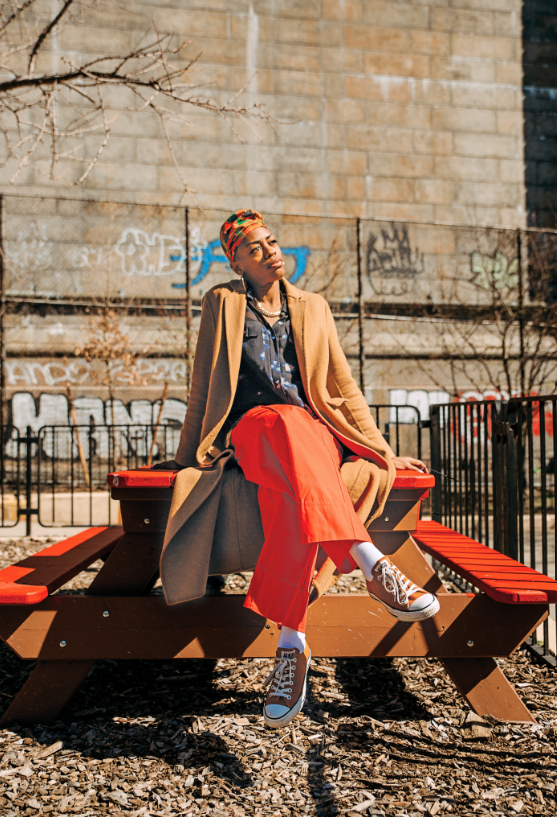Many aggressive dancers are desperate to land coveted conference scholarships. However why are these awards so sought-after? How can dancers enhance their odds of successful them—and who would possibly they not be proper for?
The Scholarship Benefit
One of many largest advantages to conference scholarships is perhaps the obvious: monetary aid. Attending conventions will be costly—for some dancers, prohibitively so. Scholarships usually permit awardees to attend many or all of a conference’s occasions without spending a dime.
Past monetary help, one of many greatest advantages to conference scholarships is mentorship—particularly for many who win grand prizes and tour with organizations year-round as assistants. “We get to essentially see the work ethic of those dancers all through the season,” says choreographer Martha Nichols, a former NUVO Dance Conference educator. “As soon as I’ve labored with them intently, I maintain them in thoughts when alternatives come up.”

Conference scholarship auditions can be good coaching. Hailey Payments, a two-time best-dancer winner at The Dance Awards, says the trials of those frequent auditions ready her to develop into a Brigham Younger College Cougarette in addition to a dancer in Derek Hough’s newest nationwide tour: “I used to be auditioning for a scholarship each two months, and the extra you audition, the higher you get at it.” Artistic Arts Academy founder Jana Monson frames scholarship auditions as coaching opportunities. “If the dancers get minimize, then I’m going again and say, ‘Nicely, did you hear what they had been emphasizing?’ Then we work on these issues and enhance for subsequent time.”

Components to Take into account
In the event you’re decided to give attention to one dance model, the multidisciplinary nature of conference scholarships—which usually encourage or require awardees to take courses in a variety of genres—may not be for you. “If you wish to be a specialist and reject something past that objective, you’ll have a psychological battle,” Nichols says.
Moreover, conventions will be high-pressure environments, and Nichols says spending weekend after weekend in that type of setting may not swimsuit all dancers. “Hyperstimulation makes some individuals shut down, and the conference house doesn’t deliver out their finest selves,” she says. “Some individuals want a slower tempo and to have issues damaged down. In the event you worth an prolonged course of, this may not be one of the best place for you.”
Not each dancer will earn a scholarship, and frequent rejection is tough. However Monson believes that with the best perspective, auditioning for conference scholarships is usually a good studying expertise for everybody. “It’s not nearly successful a scholarship,” she says. “Keep the mindset that dance is a journey.”
Scholarship Audition Ideas
Whereas there isn’t a secret method to incomes a conference scholarship, there are just a few methods you possibly can enhance your odds at your subsequent audition.
Know what to anticipate: Whereas scholarship auditions fluctuate, most occur throughout conventions and embrace a ballet mixture and a jazz mixture. Usually, there are a number of cuts made earlier than scholarships are introduced.
Be strategic about the place you stand: Scholarship audition rooms will be very crowded. Martha Nichols recommends aiming for the center-back of the room in an effort to keep inside the eyeline of the instructor. “It’s unhelpful to bounce within the entrance if there isn’t sufficient house to do the combo full-out,” she says.
Take note of particulars: In a scholarship audition setting, character is essential—however ensure to not stray too removed from the choreography. “Lots of people will wish to put their very own twist on issues, which is superior, however you should preserve the small print, particularly those they particularly level out,” Hailey Payments says.
Attend conference courses: “Academics speak, and they’re conscious in case you skip courses,” Nichols says. “It’s not a attribute you need.” Attending class additionally means that you can uncover instructor preferences, which you’ll emphasize later in your audition. “If you realize the ballet instructor values readability, are you able to attempt to be extra clear?” Nichols says.

